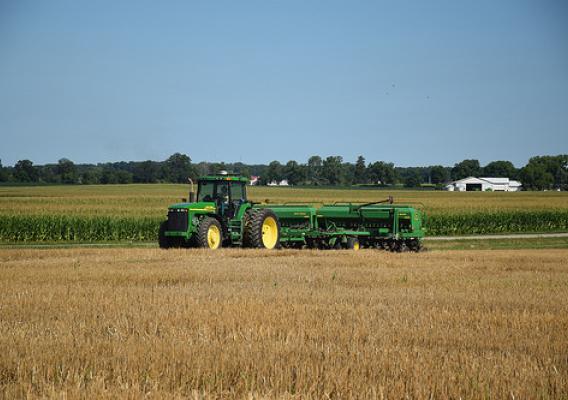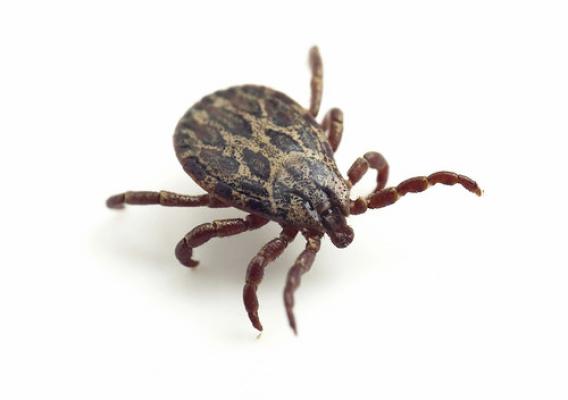The Census of Agriculture is the most complete account of U.S. farms and ranches and the people who operate them. Every Thursday USDA’s National Agricultural Statistics Service will highlight new Census data and the power of the information to shape the future of American agriculture.
Utah agriculture is varied and prevalent across the state. The 2012 Census of Agriculture showed that our farms and ranches occupy 10.97 million acres of land, or more than a fifth of the total land in Utah.
In 2012, our state’s farmers sold more than $1.8 billion worth of agricultural products, with one-third in crop sales and two-thirds in livestock and poultry and their products. In contrast to sales, farm and ranch expenses totaled almost $1.6 billion with feed and labor being the two highest expenditures. According to a survey done by Utah State University in 2012, when multiplier effects are included, agricultural processing and production account for $17.5 billion in total economic output in our state.









